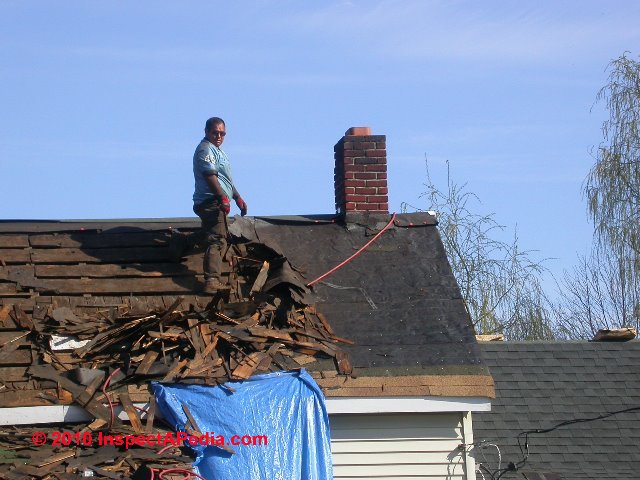Fungus On Roof Rafters

Re roofing with lining lining papers sarking roofing felt can cause severe mold growth and rot due to reduced ventilation.
Fungus on roof rafters. Fungal spores hyphae and conidiophores the spore producing structures of mold. Commonly what you can see of the rotted wood is only part of the problem it is what you cannot see under the surface of the wood that can be the main issue. Roof leaks will often lead to a small localized area of attic mold near where the leak is occurring. How to remove mold from wood framing plywood sheathing tongue and groove subfloor or roof decking the object in cleaning mold from a wood surface is to remove all fungal material from the surface of the wood.
Below are a few ways to check for possible roof leaks. That could indeed be and looks like a white fungus or mold growth on roof sheathing. These are distinct from molds and are relatively small in number in comparison to molds. Attic mold is often caused by warm moist air from the house leaking into the attic space.
Even if conditions are conducive to mold growth elevated moisture plywood made from a fungal resistant wood will resist mold growth for quite a while. Therefore we already know something about your third remediator and his or her claim. The roof deck appears to be 1 x 6 boards maybe pine. Working with active mold will only spread the fungus but you can.
Rot dry rot wet rot white rot brown rot is caused by wood decay fungi. Damage to rafter tails and to fascia and barge rafters. Excessive ceiling insulation pushed down into the roof edges can also cause condensation and mold growth because it frequently blocks off the eaves or soffit ventilation. Seal any openings like vents and windows using plastic sheeting.
Generally water leaks and poor ventilation leading to condensation are the main roof defects which give rise to a variety of fungi moulds and insect attacks. The name dry rot is a complete misnomer as all rot requires elevated quantities of moisture. It is not necessary to remove all stains from wood. They require much higher levels of available water to grow.
Frankly nobody who actually knows much about mycology and mold would from looking at the white growth on a surface by naked eye assert that it is a species of aspergillus. This causes condensation to form on the cold surfaces in the attic especially roof rafters sheathing and trusses. Testing attic mold in most cases testing for attic mold is unnecessary. A termite inspection revealed extensive drywood termite damage and fungus damage to roof sheathing at the eaves.
In short no. I am planning on doing the repairs myself. With your attic contained you can begin drying the mold. Check for areas of dark discoloration staining of wood e g.
Rafters sheathing joists attic side of fascia boards etc.














































